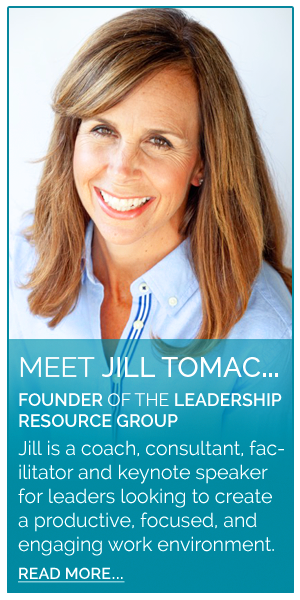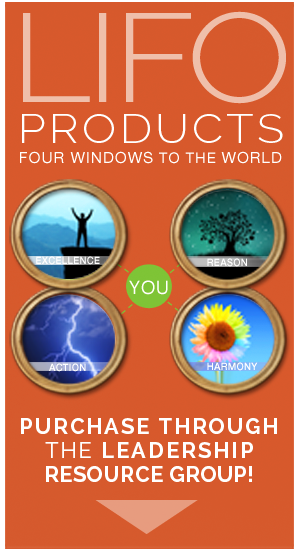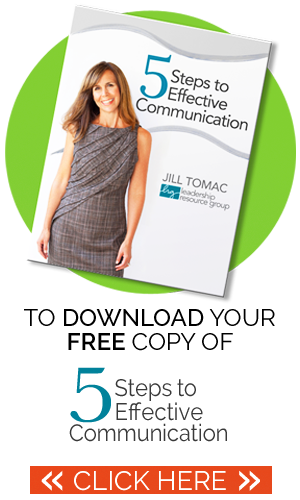“It is not the answer that enlightens, but the question“
~ Eugène Ionesco
When I enter a conversation from a place of curiosity and am clear that I don’t have the answers, I find that I have the greatest impact. I have come to embrace the idea that things are not always as they appear and assumptions are dangerous and damaging. And for me — this has brought tremendous relief. The knowledge that I can guide a conversation through my questions. No more pressure to have all the answers.
As I present this concept to my clients, some also feel freedom — while others have a tremendous sense of fear. The fear of losing control over the conversation and entering the unknown. The fear of not knowing how the problem solving process will unfold.
I can understand that fear, I have been there myself…
In my first consulting job I had the opportunity to work with Fortune 500, high level leaders. I felt that it was not only my responsibility — but their expectation that I provide solutions to their challenges. And boy did I have solutions… I operated by the premise “you have a problem, I can relate it to something in my past experience and create a solution.” So I provided solution after solution. I would link the client’s comments to a situation I had experienced before and immediately fill in the blanks and reply with my idea. Sometimes my suggestions worked and other times they were horribly off target.
After being off track one too many times, I realized I needed to change my approach. I had to better understand their needs, desired outcomes, and unique situation. We needed to work in partnership to collaboratively identify the most appropriate next steps. I began to ask meaningful questions such as
“tell me more about that challenge…”
“what is your desired outcome?”
“what potential barriers could prevent us from being successful?”
“how would you like things to look after we implement this initiative?”
I cannot begin to express the difference this approach has had on my ability to add value and create solutions that are spot on. I have had clients tell me “you totally got it”, “your recommendation is exactly what we need”, and “that was such a powerful meeting”…all because I asked the enlightening questions.
Here are a few techniques that have completely enhanced my communication:
LET CURIOSITY DRIVE THE QUESTION
Think about how you enter a conversation in which you want to learn about your friend’s vacation. Are you completely present? Do you have lots of questions? Are you interested in their response? Now think about the impact of using this same level of interest during work-related conversations. Allowing your natural curiosity to drive the questions. Rather than spending time talking about what you already know, focus your attention on what you don’t know — their thought process, their perspective, their ideas. When you enter a conversation with the premise you don’t have all the answers, you put yourself in a place to learn. And this is how the most appropriate solutions are created.
LEAVE THE SURFACE, EXPLORE THE DEPTHS
I find that in conversation, many people spend the majority of their time talking about surface items. Project status, completed goals, upcoming meetings, next steps. Bobbing along the periphery without taking the time to dig deeper to reap the learnings from each experience. When you shift your style to explore the depths, you can discover what led to the completed goals. For example, when a team member achieves a goal prior to the deadline, you could ask, “How were you able to achieve that goal so quickly?” as a means to highlight best practices and allow them to reflect on strengths. Through this approach you can inspire others to think outside the box –to achieve breakthrough results.
ASK QUESTIONS THAT EVOKE THOUGHT
Have you ever found yourself in a conversation where the other person’s responses were short and quite frankly, just fell flat? This may happen when you ask leading or close-ended questions. The goal in asking a question is to provoke the other person to reflect. When you start with “How”, “What”, “Tell me more” you provoke thought. You require the person to expand on their ideas and share their experience. After you ask a thought-provoking question, it is equally important that you allow for silence — the time needed to think about your question. This type of exchange allows underlying issues to surface and productive problem-solving to take place.
BE READY TO LISTEN
After you ask a question, put yourself in a place to listen. I mean really listen. This means listening with an open mind. Listening without assumptions. Listening without thinking about what your response will be. Being completely present and engaged in what the other person is sharing. When you listen at this level, it creates a productive environment to collaboratively problem solve and explore situations. But most importantly it builds trust, rapport, and ultimately enhances your own credibility.
Call to Action
So I challenge you to identify one step you could take TODAY to enhance your communication. The way you “show up” in a conversation impacts your ability to have a positive influence. It is how you build trust. It is how you create credibility. It is how you inspire others to achieve results never before thought possible.





Love this Jill. I wish I had been this wise when I was out there in the working world. But on the positive side, these skills can be used in all walks of life – either professional or personal.
However, there are times I am looking for an opinion from the person I am talking with. How does one determine when its right to give an opinion and when its best to listen and ask the right questions? There have been times I have been very frustrated when the person refuses to give their opinion.
Linda, thank you for the comment. You are absolutely right that this can be applied to personal or professional conversations.
Regarding your question … in most cases prior to sharing your opinion it is effective to seek as much information as possible and then ask permission to share your perspective. For example, you could say “…those are some great ideas, would you like to hear some of my thoughts?” or “I have a slightly different perspective on this, would you like to hear it?” It demonstrates that you have heard them, and also have some ideas of your own.
If you are trying to seek information from another person who you feel is not giving an opinion, you can ask an open-ended to question to learn more about their thoughts, for example “I’m really interested to know what you think about this” or “how do you see the situation from your perspective”. Hope this helps, thanks for reading my blogs!
Jill – great information made personal and memorable. Thanks!